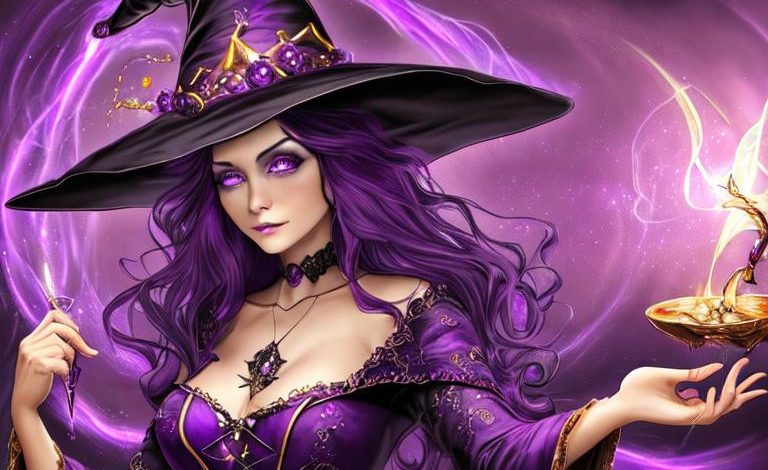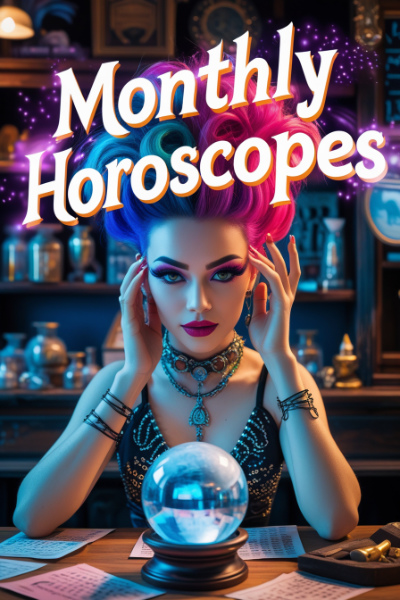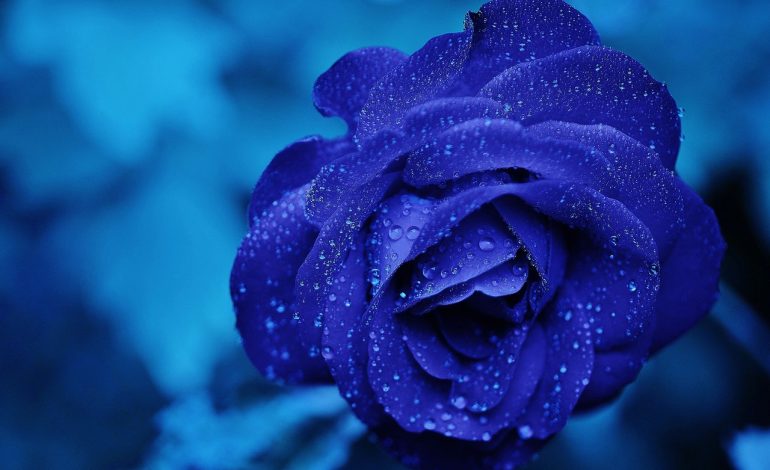
Florology is the study of flowers and their meaning in society. It is an ancient practice that has been practiced around the world for centuries, from the ancient Greeks and Romans to the modern day. Florology looks at the symbolism and meaning of flowers, their history, and their use in art and culture.
The symbolic meaning of flowers has been around since ancient times. In the Middle Ages, flowers were used to express emotions, such as love, joy, and sympathy. In ancient Egypt, flowers were believed to have medicinal powers, while in ancient Greece, they were used to adorn temples.
Today, flowers are still used to express emotion, show appreciation and celebration, and honor special occasions. They are also used to decorate homes, offices, and other public spaces. Florists create beautiful arrangements to suit any occasion, and they often use special techniques to make their bouquets stand out from the rest.
The science of florology is complex and fascinating. Florists must have a deep understanding of the flower’s meaning and symbolism in order to create meaningful arrangements. They must also be aware of the flower’s seasonality, and be able to choose the right flower for the right occasion.
Florists must also have an eye for design and 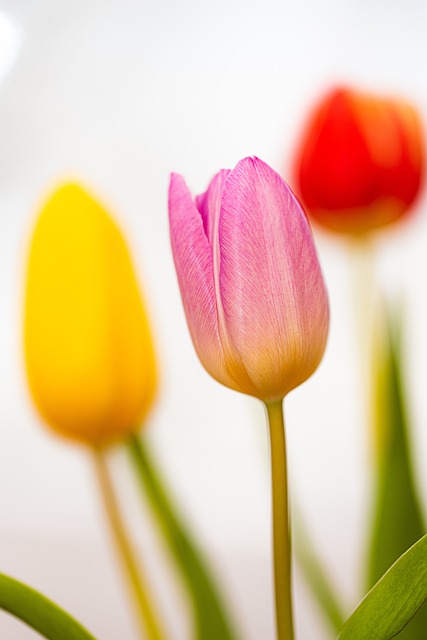 composition, as well as a knowledge of colors and textures. They must also be creative and have a good sense of balance and proportion when creating an arrangement.
composition, as well as a knowledge of colors and textures. They must also be creative and have a good sense of balance and proportion when creating an arrangement.
Florology is a complex and fascinating science, and there are many things to learn about it. It is a practice that has been around since ancient times, and it continues to be popular today. From creating beautiful arrangements to expressing emotions and honoring special occasions, florists use their knowledge and expertise to make a lasting impression.
The secret meanings of flowers have been passed down through the ages, with each bloom representing a unique message. The rose, for example, has long been seen as a symbol of love, passion, and devotion. It is often given to express admiration, appreciation, and sincere emotion. A bouquet of red roses can represent romantic love and admiration, while a single white rose can signify innocence and purity.
The daisy is another flower with a secret meaning. This cheerful bloom is often seen as a symbol of innocence, purity, and joy. It is also a sign of loyalty and true friendship, and is often given to someone to show how much you care.
Tulips are a symbol of love, although the exact meaning depends on the color. Red tulips show true love, while yellow signifies happiness. Purple tulips represent royalty, and white represent forgiveness.
The lily is a symbol of beauty, and is often given to someone to express admiration. It is also said to represent fertility, grace, and elegance.
The sunflower is a symbol of hope and positivity. It is often given to those who have experienced a difficult time in their life to show that brighter days are ahead.
Finally, the carnation is a symbol of love and devotion. It is often given to someone to express admiration, passion, and deep appreciation.
Flower Language in the Victorian Era
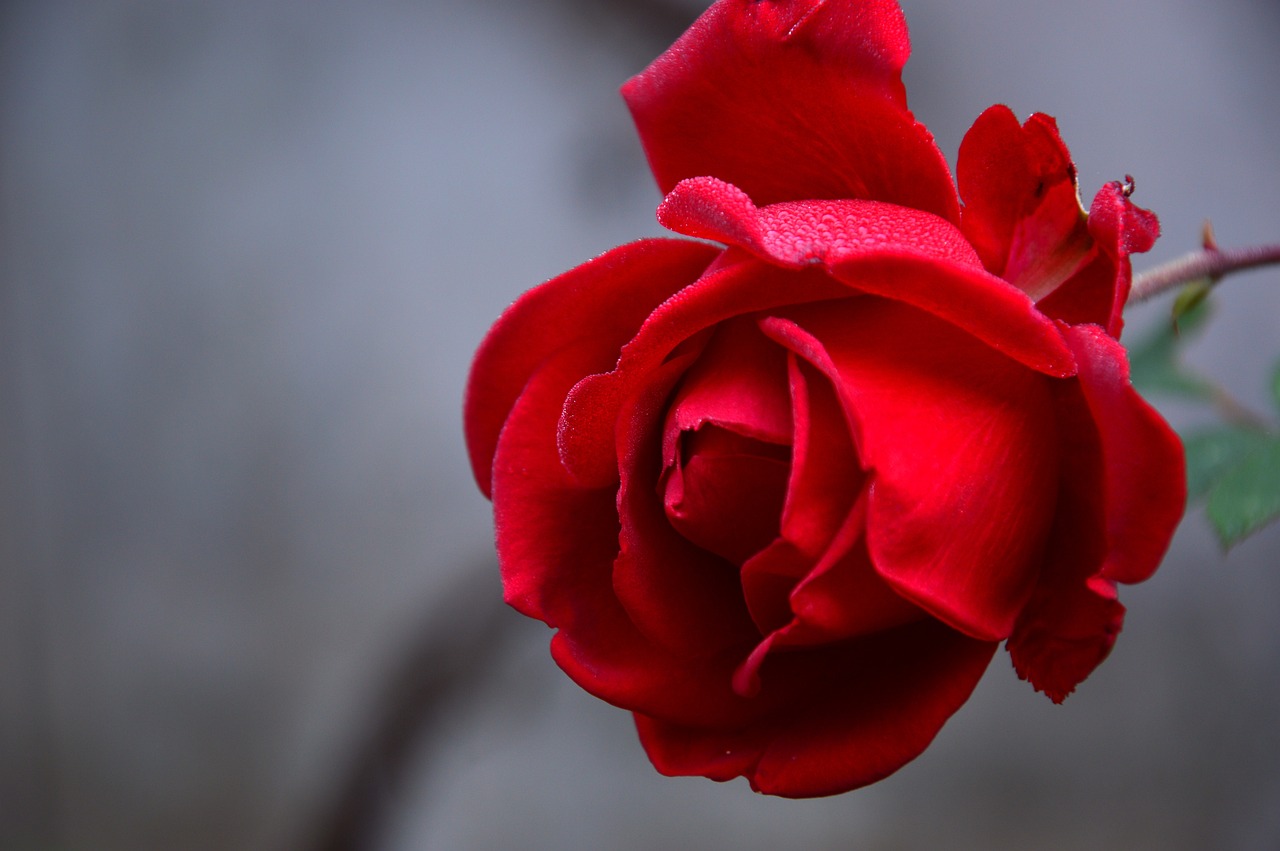
The Victorian era of florology was a period of time in the 19th century when the popularity of flower arranging and flower symbolism began to take off. This period was marked by the invention of new techniques and materials for flower arrangements and the development of a new language of flowers.
The Victorians were very interested in the symbolism of flowers and used them to communicate feelings, emotions and messages. They believed that each flower had its own special meaning and could be used to express things that could not be said in words. This practice is known as floriography and it was a popular practice during the Victorian era.
The Victorians found many ways to express themselves with flowers. They often used bouquets and floral displays to symbolize things such as love, loyalty, friendship and respect. Floral arrangements were often sent as gifts or used to decorate the home.
The Victorians also developed new techniques and materials for flower arrangements. They used wire and other materials to create intricate designs. They also developed new ways of cutting and arranging flowers. For example, they developed a technique known as “the nosegay” in which small bunches of flowers were arranged in a bowl or basket.
The Victorians also developed a language of flowers in which each flower had its own special meaning. This language of flowers was known as the language of sentiment and it was used to convey feelings and emotions. This language of sentiment was popular during the Victorian era and it is still used today.
The Victorian era of florology was a time of innovation and creativity. It saw the invention of new techniques and materials for flower arrangements and the development of a new language of flowers. The Victorians used flowers to express their feelings and emotions and to decorate their homes. This period of florology is still remembered today and it is an important part of the history of flower arranging.
…………………
Flowers are a beautiful way to express thoughts and feelings, whether it’s for a loved one or for yourself. They provide us with a way to share our innermost emotions, and remind us to stay connected to the beauty of the natural world. So the next time you find yourself in need of a special message, look no further than the secret language of flowers and let their beauty deliver your message with grace and charm.
The Secret Meaning of Herbs, Flowers and Other Plants
Not only flowers were employed to express sentiments and send concealed messages, but herbs and plants were also utilized.
Herbs, Flowers and Other Plants | Meaning |
|---|---|
| Abatina | Fickleness |
Acanthus | The fine art, Artifice |
Aloe | Affection, can also mean Grief |
Amaryllis | Pride |
Anemone | Forsaken |
Angelica | Inspiration |
Apple blossom | Preference |
Arborvitae | Unchanging friendship |
Aster | Symbol of Love, Daintiness |
Bachelor’s button | Single blessedness |
Basil | Good wishes |
Bay tree | Glory |
Begonia | Beware |
Belledonna | Silence |
Bittersweet | Truth |
Black-eyed Susan | Justice |
Bluebell | Humility |
Borage | Bluntness, Directness |
Butterfly weed | Let me go |
Calla lily | Beauty |
Camellia, pink | Longing For You |
Camellia, red | You’re a Flame in My Heart |
Camellia, white | You’re Adorable |
Candytuft | Indifference |
Carnation | Fascination, female love, mother’s love |
– Red carnation | Alas for my poor heart, my heart aches, deep love |
– White carnation | Innocence, pure love, sweet love |
– Pink carnation | I’ll never forget you |
– Striped | Refusal |
– Yellow carnation | Disdain, Disappointment, Rejection |
Chamomile | Patience in adversity |
Chives | Usefulness |
Chrysanthemum, red | I love you |
Chrysanthemum, yellow | Slighted love |
Chrysanthemum, white | Truth |
Clematis | Mental beauty |
Clematis, evergreen | Poverty |
Clover, white | Think of me |
Columbine | Foolishness, folly |
- Columbine, purple | Resolution |
- Columbine, red | Anxious, Trembling |
Coreopsis | Always cheerful |
Coriander | Hidden worth/merit |
Crab blossom | Ill nature |
Crocus, spring | Cheerfulness, Youthful gladness |
Cyclamen | Resignation, Diffidence, Goodbye |
Daffodil | Regard, Unequalled Love |
Dahlia, single | Good taste |
Daisy | Innocence, Loyal love, I’ll never tell |
Daylily | Chinese emblem for mother |
Dill | Powerful against evil |
Edelweiss | Courage, devotion |
Fennel | Flattery |
Fern | Magic, Fascination, Secret bonds of love |
Forget-me-not | True love memories, Do not forget me |
Gardenia | You’re lovely, Secret love |
Geranium | Folly, Stupidity |
Gladiolus | Flower of the Gladiators, Integrity, Strength, Victory |
Goldenrod | Encouragement, Good fortune |
Heliotrope | Eternal love, Devotion |
Hibiscus | Delicate beauty |
Holly | Defense, Domestic happiness |
Hollyhock | Ambition |
Honeysuckle | Bonds of love |
Hyacinth | Sport, Game, Play |
– Blue Hyacinth | Constancy |
– Purple Hyacinth | Sorrow |
– Yellow Hyacinth | Jealousy |
– White Hyacinth | Loveliness, Prayers for someone |
Hydrangea | Gratitude for being understood; Frigidity and heartlessness |
Hyssop | Sacrifice, Cleanliness |
Iris | Faith, trust, Wisdom, Hope, Valor |
Ivy | Affection, Friendship, Fidelity |
Jasmine, white | Sweet love, Amiability |
Jasmine, yellow | Grace; Elegance |
Lady’s Slipper | Capricious beauty |
Larkspur | Open heart, levity, lightness, fickleness (pink or simple varieties). |
Lavender | Distrust |
Lemon balm | Sympathy |
Lilac | Joy of youth |
Lily (white) | Virginity, Purity, Heavenly |
Lily (yellow) | Happy, Gay, Walking on air |
Lily (orange) | Hatred |
Lily, tiger | Wealth, Pride |
Lily-of-the-valley | Sweetness, Tears of the Virgin Mary, Humility |
Lotus Flower | Purity, Enlightenment, Self-regeneration, and Rebirth |
Magnolia | Nobility, Love of nature |
Marigold | Grief, jealousy |
Marjoram | Joy and happiness |
Mint | Virtue |
Morning glory | Affection |
Myrtle | Good luck, love in a marriage |
Nasturtium | Patriotism, Conquest, Victory in Battle |
Oak | Strength |
Oregano | Substance |
Pansy | Thoughts |
Parsley | Festivity |
Pine | Humility, Piety |
Poppy | Consolation |
Rhododendron | Danger, beware |
Rose, red | Love, I love you |
Rose, dark crimson | Mourning |
Rose, pink | Happiness |
Rose, white | Innocence, Heavenly, I’m worthy of you |
Rose, yellow | Jealousy, Decrease of love, Infidelity |
Rosemary | Remembrance |
Rue | Grace, clear vision |
Sage | Wisdom, immortality |
Salvia, blue | I think of you |
Salvia, red | Forever mine |
Savory | Spice, interest |
Snapdragon | Deception, Graciousness |
Sorrel | Affection |
Southernwood | Constancy, jest |
Spearmint | Warmth of sentiment |
Speedwell | Feminine fidelity |
Sunflower, dwarf | Adoration |
Sunflower, tall | Haughtiness |
Sweet pea | Blissful pleasures, Good-bye, Thank you for a lovely time |
Sweet William | Gallantry |
Sweet woodruff | Humility |
Tansy | Hostile thoughts, declaring war |
Tarragon | Lasting interest |
Thyme | Courage, strength |
Tulip, red | Passion, declaration of love |
Tulip, yellow | Sunshine in your smile |
Valerian | Readiness |
Violet | Sunshine in your smile |
Willow | Readiness |
Yarrow | Everlasting love |
Zinnia | Thoughts of absent friends, lasting affection |
The General Meaning of Popular Flowers
Flower | Meaning |
|---|---|
Carnation | Admiration, fascination, distinction, and love |
Chrysanthemum | Joy, optimism, longevity, and fidelity |
Daisy | Innocence, loyal love, and purity of heart |
Daffodil | Renewal, new beginnings, unrequited love, and respect |
Freesia | Trust, innocence, and thoughtfulness |
Daisy | Innocence, loyal love, and purity of heart |
Gerbera Daisy | Cheerfulness and innocence |
Hydrangea | Gratitude and understanding |
Hibiscus | Delicate beauty and gentle grace |
Lilac | First emotions of love |
Iris | Faith, courage, hope, and wisdom |
Lily | Purity, innocence, and majesty |
Magnolia | Dignity and nobility |
Marigold | Passion and creativity |
Peony | Honor, romance, and prosperity |
Poppy | Eternal sleep, consolation, and imagination |
Rose | Love, beauty, courage, respect, and passion |
-White Roses | Innocence, Purity, Secrecy, Reverence, Humility, Youthfulness. |
-Red Roses | True Love, Romance, Respect, Courage, and Passion |
-Red Roses | Appreciation, Gratitude, Admiration, Joy and Gentleness |
-Yellow Roses | Joy, Friendship, and Welcome |
-Orange Roses | Desire, Fascination, and Excitement |
-Purple Roses | Enchantment, Love at First Sight |
Snapdragon | Strength, grace, and preserverance |
Sunflower | Adoration, loyalty, and longevity |
Tulip | Perfect love, faith, passion, and desire |


